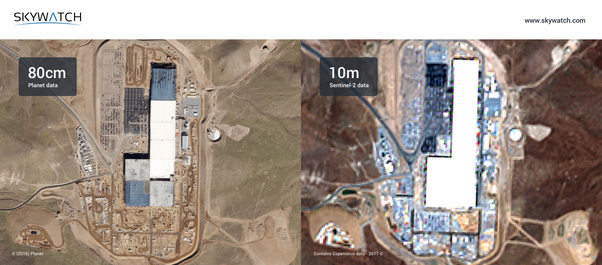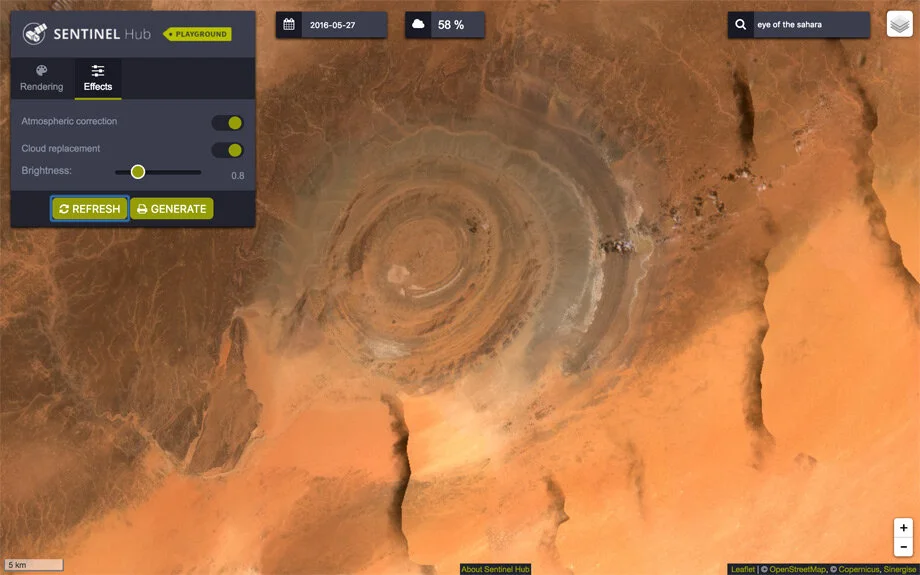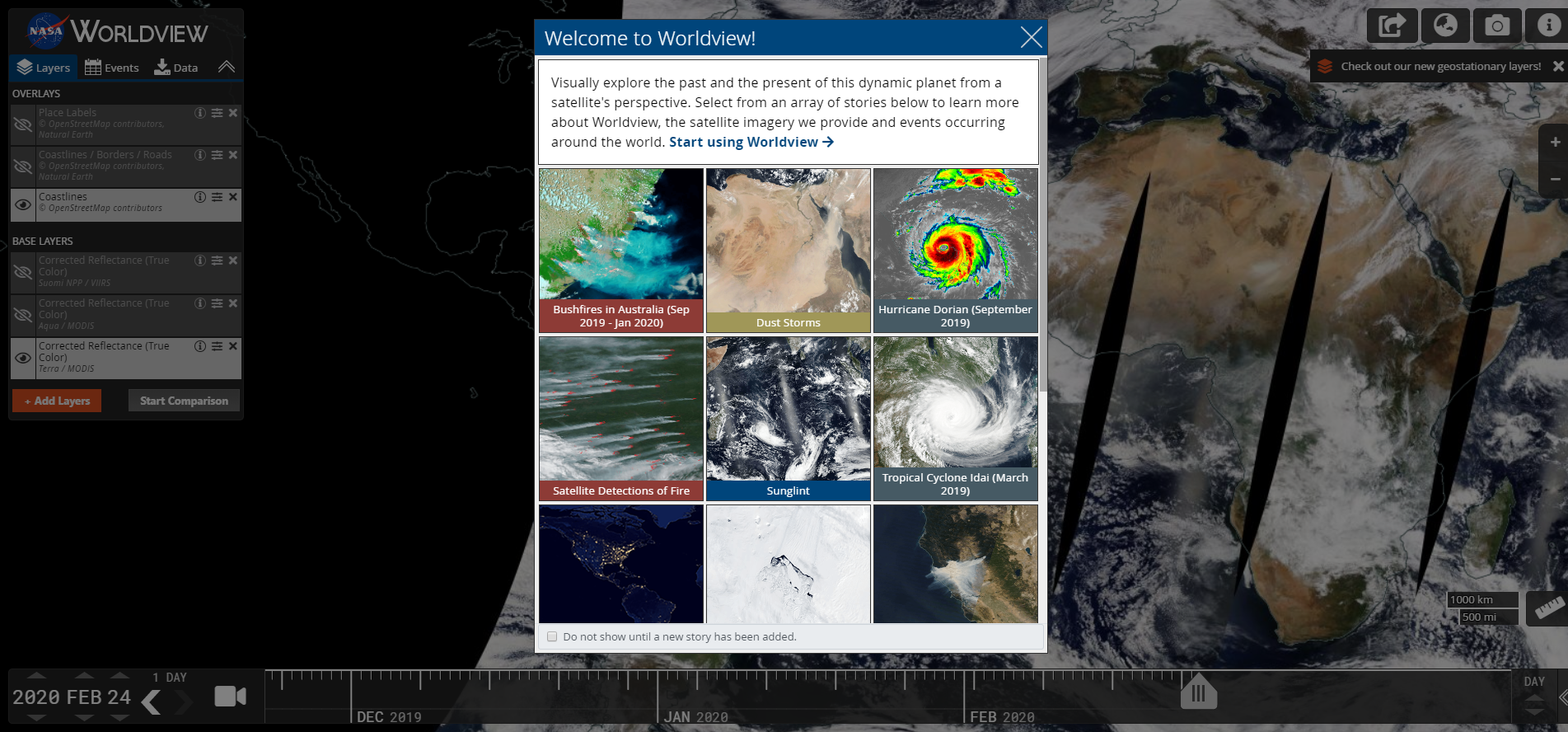Aws D9.1 Pdf Free Download
There are many sources of satellite data you can use depending on your needs. Some platforms will let you view the data in your browser, some offer download options so you can process it and extract meaningful insights. Some focus on open (free) satellite imagery, some focus on the highest resolution satellite imagery available for purchase.If you are wondering which providers has the most up-to-date satellite imagery, the highest resolution, or the largest library for open data, we have answers.
Before we start, if you were looking for real-time satellite images of your house, these most likely do not exist -- Blame Hollywood for creating false expectations. More explanations on live satellite imagery in this blog post: What does real-time satellite data look like.
Most of the satellite data available for free is either dated (from a couple of months to a couple of years, see Google Earth), or low resolution (you can detect rough building shapes but not cars or people). Near real-time, high resolution satellite data that falls within open data programs is usually only available for humanitarian reasons (Maxar Open Data program offers free high resolution data to natural disaster recovery teams).
If you are not familiar with Earth observation data, here is an example of the contrast between high resolution (commercial data, on the left) and low resolution (open data, on the right).

1. Google Earth - Free access to high resolution imagery (satellite and aerial)
Google Earth offers free access to some of the highest resolution satellite imagery, although the highest resolution images are actually taken from airplanes. Most of the data on Google Earth was taken in the last 3-4 years. If you are curious to see images of our changing world, Google Timelapse is also a great free tool.
Pros: free to use (for non-commercial applications), large library (entire world), no account needed, easily browsable, multiple resolutions available.
Cons: recent images might not be available, not downloadable, different licenses and pricing for commercial applications.
Ideal for: hobbyists looking at pictures of different places in the world.
2. Sentinel Hub - Browse Sentinel data
Sentinel Hub is one of the most used portals for accessing satellite data. Through Sentinel Hub, users can access all Sentinel products, as soon as they are made available. This also includes a trove of historical (archive) satellite images. Sentinel Hub also gives users access to Landsat and MODIS products.
Sentinel-2 offers 10-meter resolution in red, green, blue and near-infrared, currently the best available resolution for free satellite imagery. Its 12 spectral bands range from coastal to SWIR bands. With two satellites circling the Earth, Sentinel-2 covers spans the entire globe and offers new images of an area every 5 days.
Through Sentinel Hub, users can also access Sentinel-1 data, currently the only free SAR (C-band) dataset. SAR stands for Synthetic Aperture Radar and is widely used in applications that require constant monitoring and detect change over time (especially since SAR can image day and night and through clouds). It is also heavily used for interferometry (subsidence and ground motion measured at mm over time), maritime monitoring (ship detection, correlation with AIS to find dark targets, illegal fishing, and smuggling), as well as polarimetry (classify land cover, crop mapping, forest mapping, biomass, soil moisture).
Pros: One of the most popular datasets currently available and, with 5-day revisit rates, the closest people can get to free, real-time satellite imagery. Great forums and education resources to learn more about satellite data. Disclaimer: SkyWatch is currently under contract by ESA for the maintenance of the SNAP toolbox and SNAP User Forums. They are terrific and entirely free. We recommend you use them.
Cons: Only access to open data products. Even at 10m, the resolution is not sharp enough for many applications, such as car counting, construction monitoring, airplane tracking, etc.
Ideal for: Researchers and scientists with limited budgets and a previous understanding of geospatial data.

3. USGS Satellite imagery - Landsat, MODIS, and ASTER data
Earth Explorer is a free in-browser platform to access Landsat satellite imagery. Landsat is a joint NASA/USGS program that provides the longest continuous space-based record of Earth's land in existence. The first images are over 40 years old. Landsat-8, the latest satellite in the mission, was launched in 2013, and is currently the second highest resolution available for free for optical data.
Earth Explorer also offers access to MODIS land data products from the NASA Terra and Aqua missions, and ASTER level-1B data products over the U.S. and Territories. Some imagery is also available from SPOT, IKONOS, and OrbView 3. Some Sentinel-2B products are also available (since 2018), however for access to Sentinel satellite data, we recommend Sentinel Hub or Copernicus Hub.
Pros: Free to use (see licensing for commercial use) with a large library of satellite data and some of the highest resolution available for free for optical. It offers direct access to the most up-to-date satellite data for Landsat. Digital Elevation Models (ASTER and SRTM) and hyperspectral (Hyperion) are also available. If you are looking for historical satellite images, we recommend Earth Explorer or Sentinel Hub.
Cons: Limited access to Sentinel products. You will need to manually sort through the images to select the best ones for your project, which is not suitable for developers looking to build applications accessing satellite data automatically.
Ideal for: Researchers and scientists with limited budgets and a previous understanding of geospatial data
4. NOAA - Get new satellite data every 15 minutes
Through their web portal, NOAA offers free access to GEOS-R and NOAA-20 data. GOES-R data is refreshed every approximately every 15 minutes, making it the closest thing to real-time satellite data. However, GOES-R satellites are geo-stationary satellites, therefore located in really high orbits. This means the data they produced is very low resolution (250m and above). They are mainly used to track weather events.
Pros: Real-time satellite data, available for free, viewable straight from your browser without having to register for an account.
Cons: Restricted use for commercial applications, very low resolution. You can distinguish large cities and coastal regions from grassland.
Ideal for: Weather monitoring.

5. Copernicus Open Access Hub - API access to Sentinel data
Similar to the Sentinel Hub in terms of available datasets, but geared towards developers who need low-resolution Earth satellite data for their applications. The Copernicus Open Access Hub offers an API for developers to access the open datasets.
Pros: Open datasets, available directly for download through an API, including SAR datasets.
Cons: Restricted use for commercial applications, low resolution
Ideal for: Developers building applications that require frequent access to the most up-to-date satellite data and for applications where low resolution data is preferred.
6. Earth on AWS - Free satellite data, available for processing
Most of the open datasets are hosted on Amazon Web Services. Which prompted AWS to offer a direct way of accessing them, Earth on AWS. They also offer Cloud Credits to students, researchers, and developers (apply here). Available datasets including Sentinel-2, Landsat-8, GEOS, NOAA, Sentinel-1, and data acquired by the China-Brazil Earth Resources Satellite (CBERS) and processed by Instituto Nacional de Pesquisa Espaciais (INPE).
Pros: The largest collection of open datasets, available straight through AWS for further processing.
Cons: Not browsable. Users must know exactly what you are looking for before downloading and must understand how to request data through an API.
Ideal for: People who were looking to automate the processing of the data using AWS Cloud Computing and only need low resolution data.

7. Zoom.Earth - Near real-time satellite data and high resolution archival data
Fairly similar to Google Earth (especially since it's the Bing competitor), Zoom Earth shows the most recent satellite images and aerial views in a fast, zoomable map. The platform pulls in refreshed data every 10 minutes from NOAA GOES and JMA Himawari-8 satellites, and every 15 minutes via EUMETSAT Meteosat satellites.
Daily images are provided by services from NASA's GIBS (see below). NASA-NOAA satellite Suomi-NPP, and MODIS Aqua and Terra provide continuous imagery for "AM" at local 10:30am, and "PM" at local 1:30pm. If you zoom in, you will see historical images, provided by Bing Maps and Esri, which are updated every few months. Storm tracks and forecast maps are created using data from NHC, JTWC and IBTrACS.
Pros: Free to use (for non-commercial applications) large library (entire world). No account needed. The data is easily browsable and multiple resolutions are available by simply zooming in.
Cons: recent images might not be available. Data is not downloadable.
Ideal for: Hobbyists looking at pictures of different places in the world.
8. NASA Worldview - Track wildfires, icebergs, and earthquakes from space
NASA Worldview is a browsable, open platform that will let you access recently updated satellite data, as well as historical data. The available date picker at the bottom of the screen lets you easily view past data and monitor change. The platform also offers a way to access data based on the most recent stories (wildfires, sandstorms, weather events, algae blooms, etc.), selecting the most appropriate satellite data, area of interest, and date and time for you.
Pros: free to use (for non-commercial applications), large library (entire world), no account needed, easily browsable. Offers both current and historical data. Additional information available for large events (wildfires, icebergs, storms, etc.)
Cons: Low resolution, open data only. Data is not downloadable.
Ideal for: Looking for data related to a specific event observable from space, such as wildfires, storms, etc.

9. NASA EarthData (GIBS) - API access to NASA satellite data
Global Imagery Browse Services (GIBS) provides quick access to over 900 satellite imagery products, covering every part of the world. Most imagery is updated daily - available within a few hours after satellite observation, and some products span almost 30 years. The data available through GIBS is the same as in Worldview (see above), but they also offer an API to programmatically access satellite images in almost real-time.
Pros: One of the largest library of free satellite data, covering the entire world, and including both up-to-date and historical satellite imagery.
Cons: Low resolution, open data only.
Ideal for: Developers looking to build an application using satellite data, that requires both up-to-date, real-time data, as well as archive satellite imagery.
Honorable mentions
EARTHNOW
EarthNow is described as the Landsat image viewer. A very visual way of locating where the Landsat satellites are currently located and view recent records. It's a fantastic resource to teach children (and adults) about orbits and remote sensing.
NASA EARTH OBSERVATION / ESA ONLINE DISSEMINATION
NEO is a great source of non-optical datasets from NASA. ESA Online Dissemination plays the same role for ESA data.
INPE CATALOG
INPE Catalog offers access to a trove of satellite data, including some high resolution open data. INPE Image Catalog is awesome when it comes to South America, Central America and Africa but does not cover other world regions.
REMOTEPIXEL
Remote Pixel is a visual interface to access satellite data created and maintained by Vincent Sarago.
MAXAR OPEN DATA PROGRAM
The Maxar Open Data Program (formerly DigitalGlobe Open Data Program) is a fantastic resource to obtain very high resolution optical data of areas affected by natural disasters.
You might also be interested in
Posted by: luanneluannebisse0270903.blogspot.com
Source: https://www.skywatch.com/blog/free-sources-of-satellite-data
Post a Comment for "Aws D9.1 Pdf Free Download"